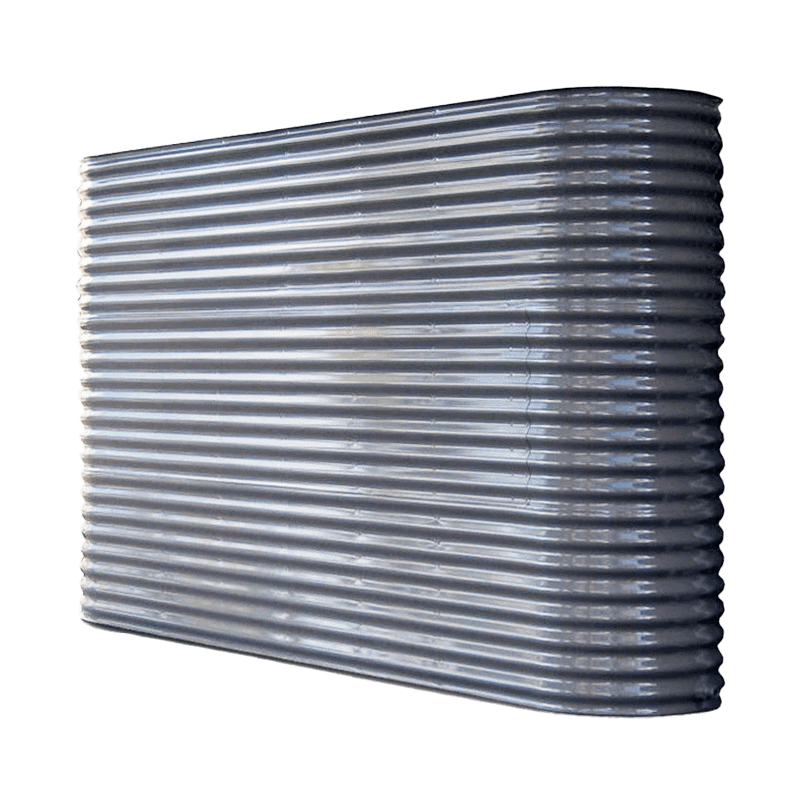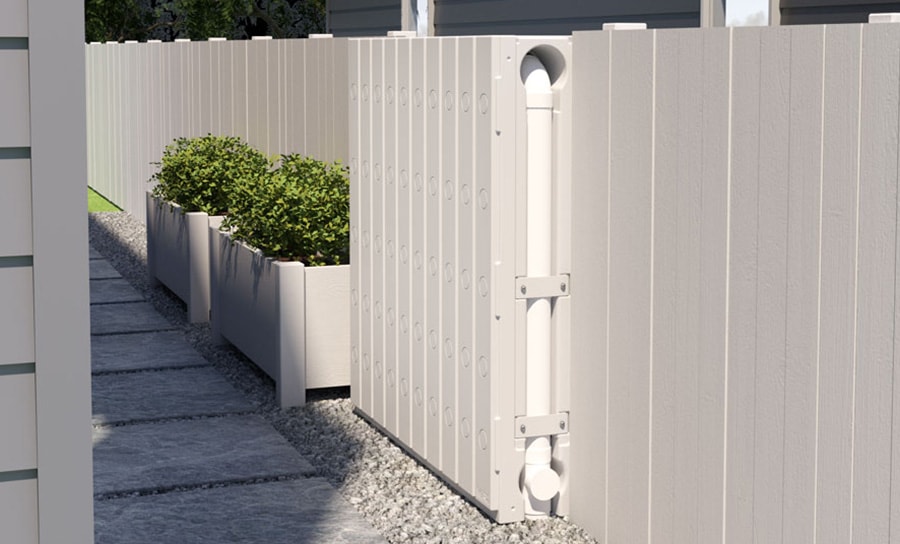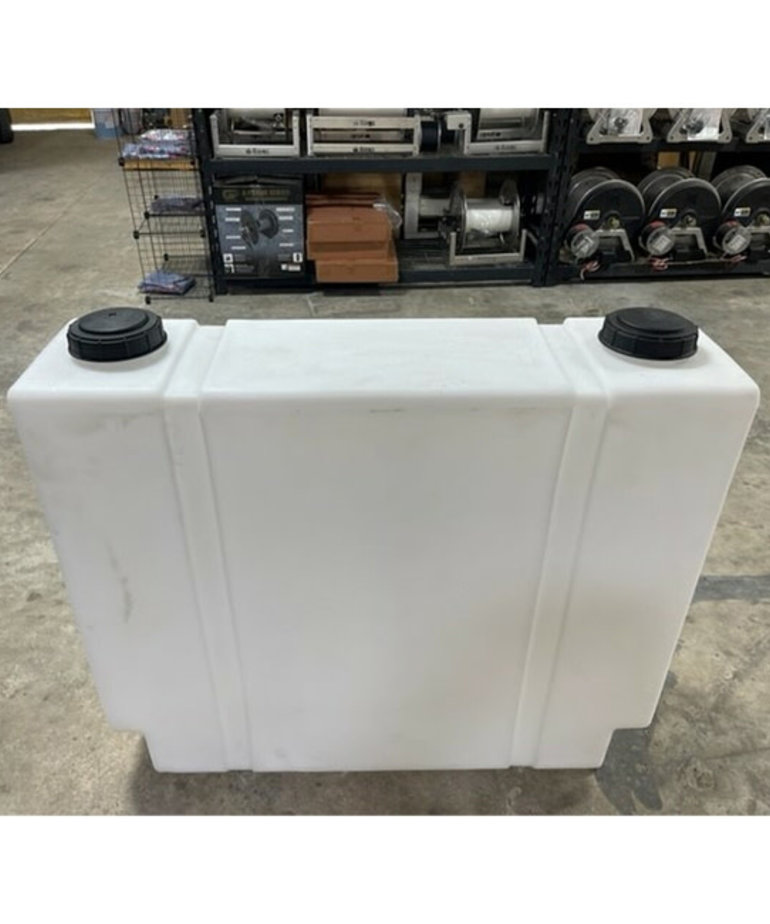Discover the Advantages of Slimline Water Tanks for Space-Saving Storage Space
Discover the Advantages of Slimline Water Tanks for Space-Saving Storage Space
Blog Article
Recognizing the Significance of Rainwater Tanks in Drought-Prone Regions for Water Safety And Security
In regions vulnerable to prolonged dry spells, the duty of rain storage tanks in reinforcing water safety and security is a topic of expanding value. As communities grapple with the obstacles of water shortage, understanding the importance of these tanks surpasses plain collection of rainwater. Rain containers act as a vital device in alleviating the impact of water lacks by providing a lasting source of water for various needs. However, the true worth of rainwater tanks extends far past mere storage space; it encompasses resilience-building steps and the promotion of lasting water conservation techniques. This complex approach to water safety and security warrants a more detailed assessment of the role rainwater containers play in guaranteeing a reputable water during times of drought.
Benefits of Rainwater Tanks
Utilizing rainwater tanks offers a sustainable solution for increasing supply of water and boosting water safety and security in residential and commercial settings. One of the main advantages of rainwater storage tanks is their capacity to decrease dependence on mains water. By capturing and storing rainwater that falls on rooftops, this different resource can be made use of for various non-potable objectives such as watering, flushing bathrooms, and washing garments. This not only saves cured drinking water yet also decreases water expenses for users.

Rainwater Harvesting Strategies
Rain harvesting strategies include a series of approaches made to successfully accumulate and keep rain for different objectives, contributing to water conservation and sustainability. One common strategy is the installment of roof catchment systems, where rainwater is gathered from the roofing system of a structure and routed to a storage space tank. This technique is fairly basic and economical. Another prominent technique is making use of above-ground or underground storage space tanks to keep rain for later use. These storage tanks can be found in different sizes and products to match various demands and can be attached to the existing pipes system for very easy gain access to.

Additionally, rain gardens and permeable sidewalks are ingenious methods that include landscaping or paving surfaces in a manner that enables rainwater to percolate right into the ground, renewing groundwater books. In addition, contour farming and terracing are farming techniques that aid capture rainwater and prevent dirt erosion in uneven terrain. By carrying out these diverse rainwater harvesting techniques, communities can enhance water safety and strength in drought-prone areas while promoting lasting water administration practices.
Importance of Water Security
Making sure dependable access to tidy and sufficient water sources is paramount for sustaining human health and wellness, economic growth, and environmental health. Water protection is an essential aspect of social durability, specifically in regions prone to dry spells and water deficiency. Appropriate water security includes various dimensions, including schedule, high quality, and access of water for domestic, agricultural, industrial, and ecological requirements.
Water protection plays a crucial function in advertising public health by decreasing the prevalence of waterborne conditions and ensuring hygiene centers. Economically, water safety and security is vital for agricultural productivity, commercial procedures, and overall go right here financial development. Slimline water tanks. Water safety and security is very closely connected to environmental sustainability, as it sustains ecological communities, biodiversity, and total ecological balance.
In drought-prone regions, water security ends up being much more critical due to the enhanced risk of imp source water scarcities. Implementing strategies like rainwater harvesting, water recycling, and effective water administration methods can dramatically improve water safety and security in these areas. By focusing on water security, communities can better hold up against the effects of climate modification, population growth, and other obstacles that intimidate water availability.
Enhancing Water Strength
With increasing international water challenges, building durability in water systems has actually ended up being a critical emphasis for lasting advancement efforts. Enhancing water durability entails implementing strategies to make sure water schedule and top quality when faced with changing ecological conditions, such as droughts, floodings, and pollution.
One trick aspect of boosting water resilience is promoting the usage of rain containers in drought-prone regions - Slimline water tanks. Rainwater tanks act as a reliable methods of capturing and saving rain for later use, decreasing reliance on scarce freshwater sources during dry periods. By integrating rainwater harvesting systems right into water management plans, areas can enhance their capacity to stand up to water shortage and preserve water safety

Lasting Water Conservation
Among escalating water difficulties, the prudent administration of water sources through lasting preservation methods is essential for ensuring long-term environmental stability and societal wellness. Sustainable water conservation entails the efficient use water sources to fulfill existing demands without jeopardizing the capability of future generations to satisfy their own requirements. By applying strategies such as rainwater harvesting, greywater recycling, and water-efficient technologies, neighborhoods can minimize water waste and relieve stress on freshwater sources.
Additionally, lasting water conservation practices contribute to ecosystem health by preserving adequate water degrees in rivers, lakes, and wetlands, supporting biodiversity, and preserving all-natural environments. These techniques additionally play a crucial role in minimizing the impacts of climate change by helping to adapt to transforming precipitation patterns and water accessibility.

Final Thought
Finally, rainwater tanks play a crucial duty in improving water safety and security and strength in drought-prone areas. By utilizing rain harvesting strategies, neighborhoods can minimize their dependence on typical water resources and promote lasting water conservation methods. This not just assists mitigate the impacts of water scarcity during dry spells however additionally adds to long-lasting water safety and security and resilience in the face of environment change difficulties.
Report this page